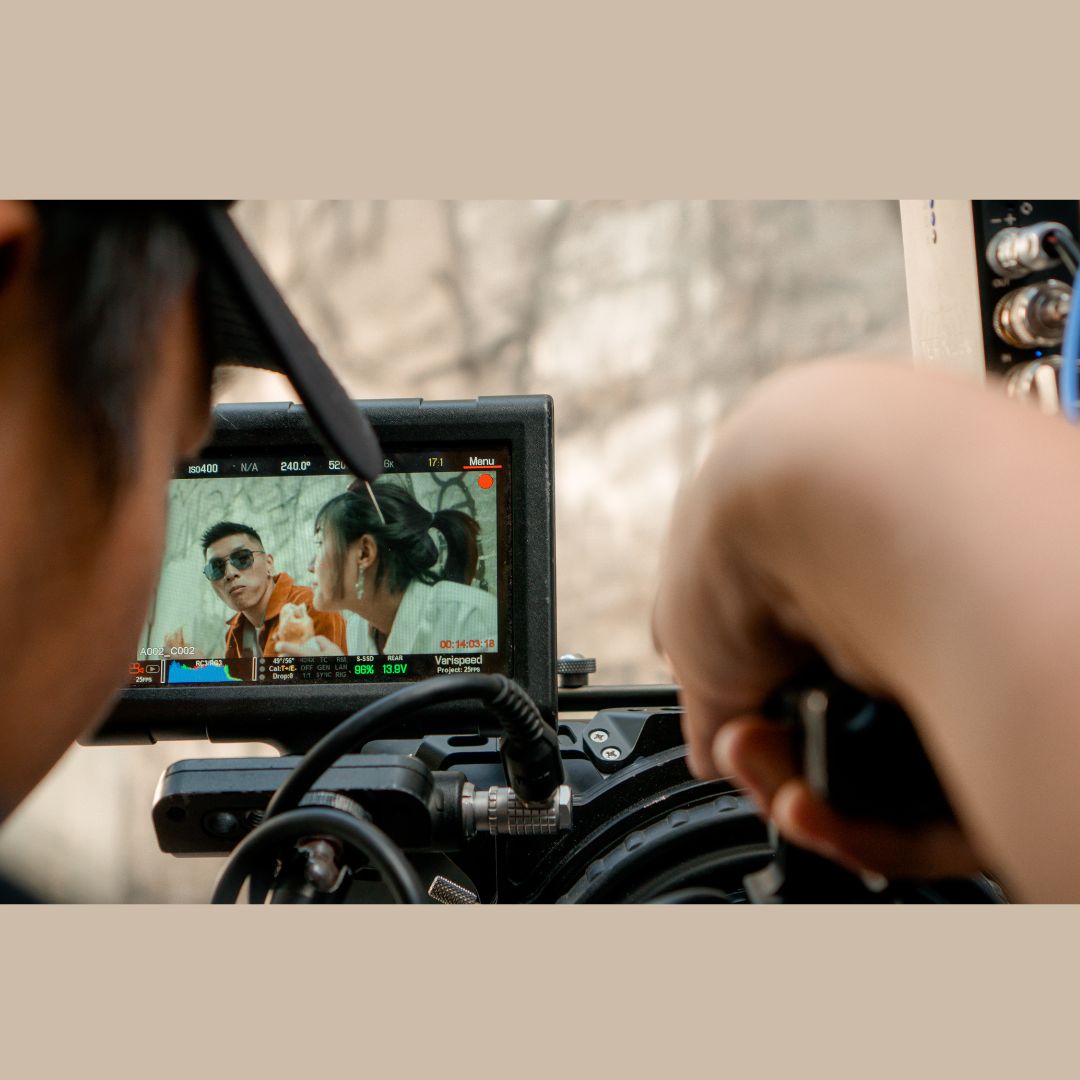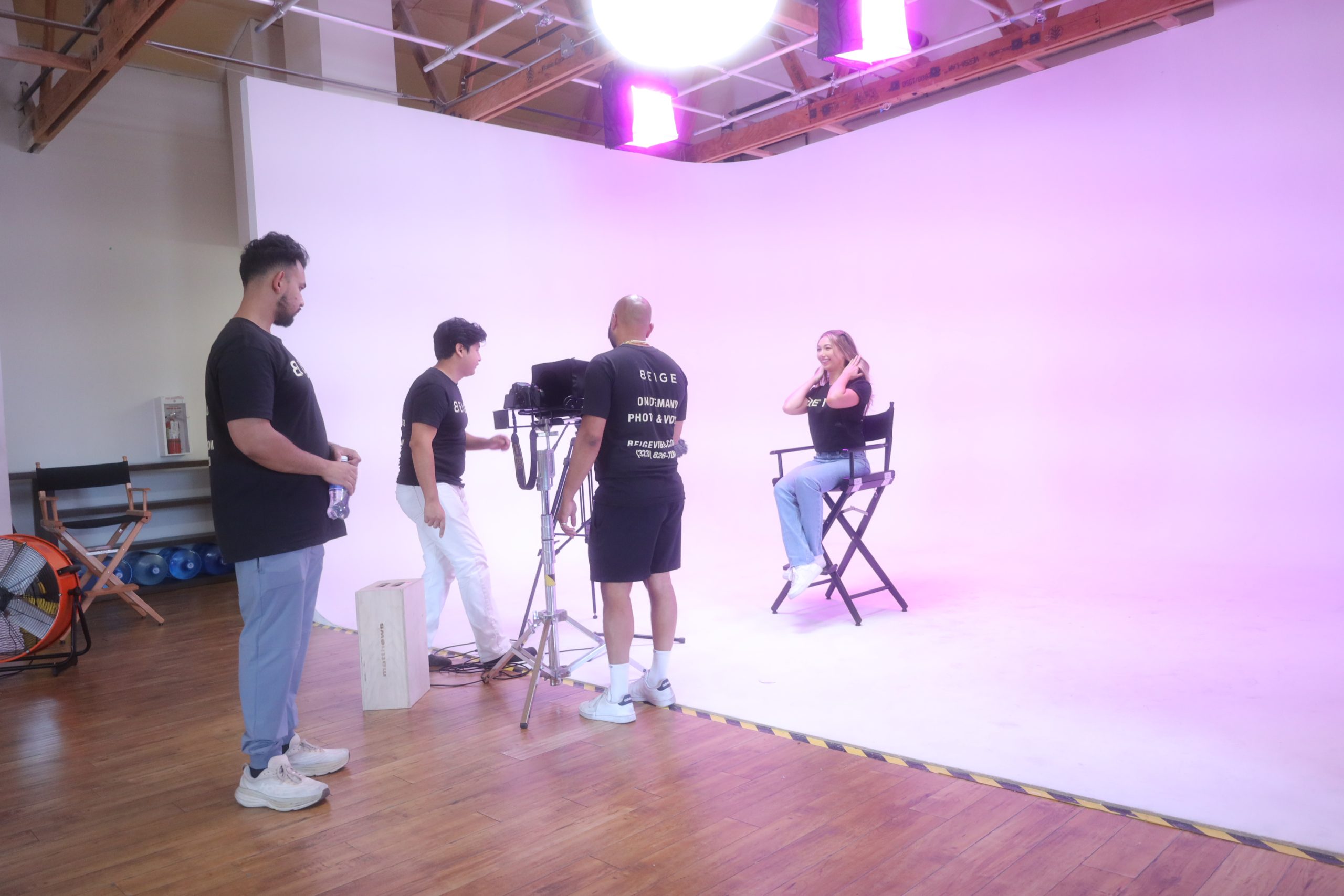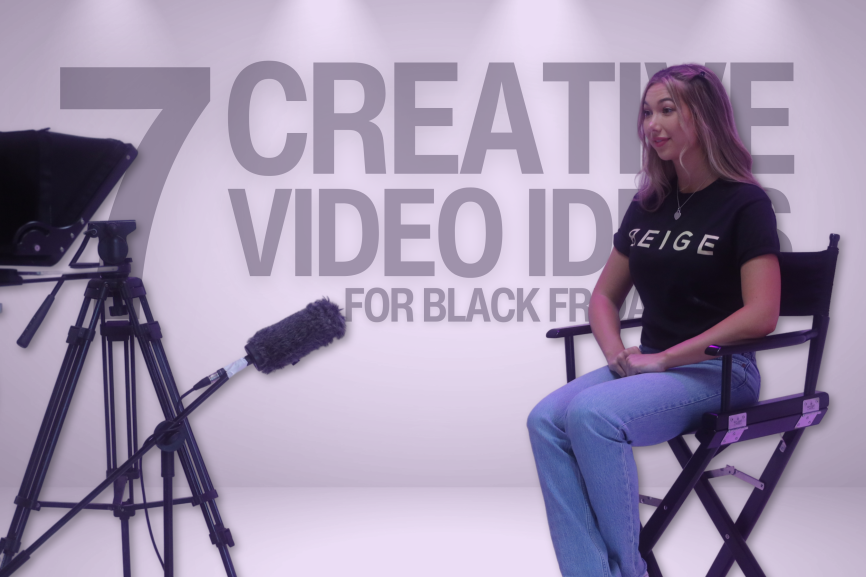From smartphones to DSLRs, the evolution of camera technology has revolutionized the way we capture and document our lives. While smartphone cameras have made photography more accessible and convenient, there comes a point where upgrading to a dedicated camera becomes necessary to meet your growing photography needs and aspirations.
Understanding the limitations of smartphone cameras is crucial in determining when it’s time to upgrade. Several factors distinguish dedicated cameras from smartphones, such as sensor size, optical zoom capability, and manual controls and settings.
1. Sensor Size and Image Quality: Smartphone cameras generally have smaller sensors, resulting in limitations in image quality, especially in low-light conditions. Dedicated cameras, on the other hand, feature larger sensors that capture more light, resulting in sharper images with better dynamic range and detail.
2. Optical Zoom Capability: Most smartphones offer digital zoom, which compromises image quality, while dedicated cameras, such as DSLRs, provide optical zoom capabilities, allowing you to get closer to your subjects without sacrificing image quality.
3. Manual Controls and Settings: While smartphone cameras offer some degree of control, dedicated cameras provide extensive manual controls and settings, empowering photographers to have full creative control over their images.
There are certain signs that indicate the need to upgrade from a smartphone to a dedicated camera. These include a desire for higher image quality, the need for more versatility and creativity in photography, or pursuing photography as a professional or serious hobbyist. A dedicated camera can unlock a world of possibilities and take your photography skills to the next level.
When choosing the right camera upgrade, there are multiple options to consider. Entry-level DSLRs provide a solid foundation for beginners, offering excellent image quality and manual control options. Mirrorless cameras combine the versatility of DSLRs with a compact form factor. Advanced DSLRs are suitable for experienced photographers who demand top-of-the-line features and performance.
Before making the leap, it’s important to consider factors such as budget and cost, photography goals and interests, and compatibility with existing gear and accessories. Careful consideration will ensure that you invest in a camera that aligns with your needs and preferences.
Ultimately, upgrading from a smartphone to a dedicated camera allows you to unleash your creativity, explore new techniques, and capture moments with unparalleled quality and control.
Understanding the Limitations of Smartphone Cameras
When it comes to capturing those special moments, smartphone cameras have become our trusty companions. But have you ever wondered about their limitations? In this section, we’ll dive into the nitty-gritty of smartphone cameras, exploring topics like sensor size, image quality, optical zoom capability, and manual controls. Get ready to uncover the secrets behind smartphone camera limitations and discover whether it’s time to make the leap to a DSLR for your photography adventures!
Sensor Size and Image Quality
When considering upgrading your camera, one crucial factor to keep in mind is the sensor size and image quality. Smartphones typically feature smaller sensors, which may result in lower image quality compared to dedicated cameras. However, cameras equipped with larger sensors have the ability to capture more light, leading to crisper images and improved performance in low-light conditions. If you desire to enhance your image quality, it is worth considering the option of upgrading to a camera with a larger sensor. This can be achieved by choosing an entry-level DSLR or a mirrorless camera, both of which offer exceptional image quality and grant more control over settings. By making the decision to upgrade to a camera with a larger sensor, you can significantly elevate your photography experience, enabling you to capture better image details and explore more creative possibilities.
Optical Zoom Capability
When considering a camera upgrade, the optical zoom capability should be a crucial factor to evaluate. Here are some key points to consider:
- Zoom Range: Look for cameras with a wide zoom range, such as 24-200mm, to capture both wide-angle and telephoto shots.
- Optical vs. Digital Zoom: Optical zoom uses the lens to magnify the subject without sacrificing image quality, while digital zoom simply enlarges the image digitally.
- Image Quality: A camera with optical zoom provides sharper and more detailed images compared to digital zoom.
- Flexibility: A higher optical zoom capability allows you to capture distant subjects without the need to physically move closer.
When upgrading your camera, prioritize finding a model with a versatile optical zoom capability that suits your photography needs.
Manual Controls and Settings
To fully harness the capabilities of a camera, understanding and utilizing its manual controls and settings is absolutely essential. Here is a comprehensive step-by-step guide on how to make the most of these remarkable features:
- Familiarize yourself with the camera’s user manual to gain a deep understanding of various controls and settings.
- Experiment with different shooting modes, such as aperture priority, shutter priority, and manual mode, to have maximum control over exposure.
- Adjust the ISO settings wisely in order to regulate the camera’s sensitivity to light.
- Become a master at adjusting shutter speed to effectively capture motion or create mesmerizing long exposures.
- Learn the art of manipulating aperture to precisely control the depth of field and achieve the desired focus in your photographs.
- Make good use of the white balance settings to ensure accurate color reproduction in your images.
- Explore and understand different metering modes to ensure proper exposure based on the lighting conditions.
- Experiment with both autofocus modes and manual focus to achieve optimal sharpness in your shots.
- Take full advantage of the exposure compensation feature to adjust brightness levels in challenging lighting situations.
- Practice utilizing the bracketing feature to capture a wide range of exposures, particularly for mesmerizing HDR photography.
By truly mastering these incredible manual controls and settings, you will unlock the power to unleash your creativity and capture breathtaking photographs. From Smartphone to DSLR: When to Upgrade Your Camera
The development of manual controls and settings in cameras has played a pivotal role in empowering photographers to fully express their artistic vision. In the early days, cameras offered limited control over exposure. However, with the advancement of technology, manual controls became increasingly sophisticated, granting photographers complete command over their images. From fine-tuning aperture and determining shutter speed to adjusting white balance and precisely focusing, these extraordinary features have truly revolutionized the realm of photography, enabling photographers to create incredible visual masterpieces. The evolution of manual controls and settings serves as a testament to the relentless pursuit of innovation and improvement in the ever-evolving world of photography.
Signs That Indicate the Need to Upgrade
If you find yourself yearning for crisper, more professional-looking images, itching for greater versatility and creativity in your photography, or taking your hobbyist pursuits seriously, then it’s time to consider upgrading your camera. In this section, we’ll explore the telltale signs that indicate the need for a camera upgrade. So, buckle up and get ready to discover the signs that will push you towards that shiny new DSLR or advanced camera!
Desire for Higher Image Quality
To fulfill the desire for higher image quality, it is recommended to upgrade from a smartphone camera to a dedicated camera that offers superior image capabilities. Here are some options to consider:
- Entry-Level DSLRs: These cameras provide better image quality owing to their larger sensors and the ability to change lenses.
- Mirrorless Cameras: They are compact and lightweight, yet they deliver high-resolution images and advanced features.
- Advanced DSLRs: These cameras are ideal for professional photographers as they offer exceptional image quality and advanced controls.
Pro-tip: When upgrading for higher image quality, give preference to cameras with larger sensors and higher megapixels. This allows you to capture more details and enhance image sharpness.
Need for More Versatility and Creativity
When you feel the need for more versatility and creativity in your photography, it might be a good time to upgrade your camera. Here are a few aspects to consider:
- Advanced features: Search for a camera that offers manual controls, enabling you to have greater command over settings like aperture, shutter speed, and ISO.
- Interchangeable lenses: Think about a camera that allows you to change lenses, providing you with the ability to capture various types of shots, ranging from wide-angle to telephoto.
- Artistic options: Look for cameras that offer creative modes, such as multiple exposure or long exposure, to expand your artistic possibilities.
Remember, upgrading your camera is not always necessary, but it can certainly enhance your ability to explore new creative avenues in your photography.
Professional or Serious Hobbyist Photography
For individuals involved in professional or serious hobbyist photography, it is crucial to upgrade to a dedicated camera in order to enhance their skills and achieve higher-quality results.
- When it comes to image quality, dedicated cameras with larger sensors offer superior low-light performance and dynamic range, resulting in sharper and more detailed images.
- Furthermore, the versatility of interchangeable lenses allows photographers to capture a wide range of subjects with better control over depth of field, including landscapes and portraits.
- Advanced controls like manual settings, customizable buttons, and dedicated dials provide photographers with more creative freedom and precision in capturing their unique vision.
- Moreover, dedicated cameras offer professional features such as a high burst rate, rugged build quality, and compatibility with professional accessories, making them ideally suited for demanding shooting environments.
To elevate your photography to the next level, consider upgrading to high-end mirrorless cameras or advanced DSLRs like the Nikon D850 or Sony Alpha A7R IV.
Choosing the Right Camera Upgrade
Upgrade your camera wisely with our guide on choosing the right camera upgrade. From entry-level DSLRs to mirrorless cameras and advanced DSLRs, we’ll explore the options and help you make an informed decision. Say goodbye to blurry photos and hello to sharper, high-quality images with the perfect camera upgrade for your needs.
Entry-Level DSLRs
Entry-level DSLRs are a popular choice for photographers who are looking to upgrade from smartphone cameras. Here are some key factors to consider when choosing an entry-level DSLR:
-
Price: Entry-level DSLRs are more affordable compared to advanced DSLRs or mirrorless cameras.
-
Image Quality: Entry-level DSLRs offer better image quality with larger sensors, allowing for sharper and more detailed photos.
-
Manual Controls: These cameras provide manual control over settings such as aperture, shutter speed, and ISO, giving photographers more creative freedom.
-
Lens Compatibility: Entry-level DSLRs are compatible with a wide range of lenses, allowing for versatility in different shooting scenarios.
-
Learning Curve: While more advanced features may be available, entry-level DSLRs are designed for beginners, with user-friendly interfaces and guided modes to help users learn and improve their photography skills.
By considering these factors and your own photography goals, you can choose the right entry-level DSLR that suits your needs and provides room for growth in your photographic journey.
Mirrorless Cameras
Mirrorless cameras have become increasingly popular among photographers due to their ability to provide a balance between high quality and portability. There are several compelling reasons why mirrorless cameras are an excellent option for both amateur and professional photographers:
- Compact Size: One of the key advantages of mirrorless cameras is their smaller and lighter form compared to traditional DSLRs. This makes them more convenient to carry and handle during photography sessions.
- Electronic Viewfinder: Mirrorless cameras feature electronic viewfinders, allowing photographers to have a real-time preview of the image as they compose their shots. This feature greatly enhances the accuracy and convenience of capturing the perfect shot.
- Fast Autofocus: With advanced autofocus technology, mirrorless cameras excel at quickly and precisely focusing on subjects, even in challenging shooting conditions. This ensures that photographers never miss important moments due to slow focus.
- Continuous Shooting Speed: Many mirrorless cameras boast impressive burst rates, enabling photographers to effortlessly capture fast-moving subjects. This feature is especially advantageous in situations where timing and speed are crucial.
- Lens Compatibility: Mirrorless cameras often provide adapters that allow the use of lenses from various manufacturers. This expands the possibilities for photographers and enhances their creative options in terms of lenses.
Considering all these factors, mirrorless cameras have established themselves as a versatile and convenient choice for photographers of all levels. Whether you are an amateur exploring your passion or a professional seeking optimal performance, mirrorless cameras offer an ideal combination of functionality and ease of use.
Advanced DSLRs
Advanced DSLRs are a popular choice for photographers who require advanced features, professional-grade image quality, and versatility in their camera equipment.
- Image quality: Advanced DSLRs offer larger sensors, allowing for higher resolution images and better low-light performance.
- Performance: These cameras have faster autofocus systems, burst shooting capabilities, and advanced image processing algorithms.
- Flexibility: Advanced DSLRs offer a wide range of lens options, including telephoto, wide-angle, and macro lenses, allowing photographers to capture a variety of subjects and styles.
- Manual controls: These cameras provide extensive manual controls, giving photographers full control over exposure, focus, and other settings.
- Durability: Advanced DSLRs are built to withstand rugged conditions, making them suitable for outdoor and travel photography.
Considerations Before Upgrading
Considering upgrading your camera? Before diving into the world of DSLRs, let’s explore some key considerations. From budget and cost to photography goals and interests, and compatibility with existing gear and accessories, these factors will shape your upgrade decision. With this information, you can make an informed choice that aligns with your needs and aspirations, ensuring a seamless transition from smartphone photography to the realm of DSLR cameras.
Budget and Cost
Choosing the right camera upgrade involves considering the budget and cost implications. Here are some factors to take into account when it comes to budget and cost:
- Research and compare prices of different camera models and brands to find the best option that fits within your budget.
- Take into consideration the cost of additional accessories such as lenses, tripods, and camera bags.
- Factor in ongoing expenses like maintenance, repairs, as well as the purchase of memory cards and batteries.
- Stay aware of the potential cost savings of buying used or refurbished cameras.
- From Smartphone to DSLR: When to Upgrade Your Camera – External Link
Pro-tip: Look for camera bundles or packages that include essential accessories, as they can often provide better value for money.
Photography Goals and Interests
When considering an upgrade for your camera, it’s important to align your decision with your photography goals and interests. Here are some factors to consider:
- Photography style: Different cameras are better suited for various genres like landscape, portrait, or sports photography.
- Desired features: Determine which features are essential for your photography needs, such as high-speed shooting, advanced autofocus, or weather sealing.
- Long-term goals: Consider your aspirations in photography and choose a camera that allows for growth and improvement in your skills.
- Budget: Determine a budget range and explore cameras that fit within that range without compromising on your photography goals.
Choosing the right camera upgrade should be a combination of considering your photography goals, desired features, and long-term aspirations.
Compatibility with Existing Gear and Accessories
- When considering a camera upgrade, it is important to take into account compatibility with existing gear and accessories. This ensures that your investment is not wasted and that you can continue to use your current equipment with the new camera. Here are some factors to consider:
- Lens compatibility: Check if your existing lenses are compatible with the new camera. Adapters may be available for certain camera systems.
- Accessories compatibility: Consider if your existing accessories like flash units, remote triggers, or battery grips can be used with the new camera.
- Software compatibility: Ensure that any software or apps you rely on for editing and organizing your photos are compatible with the new camera.
- Miscellaneous compatibility: Look into other factors like memory card compatibility or compatibility with specific camera accessories you frequently use.
Taking compatibility with existing gear and accessories into account will help you seamlessly transition to a new camera without having to replace all your existing gear and accessories.
Frequently Asked Questions
When should I consider upgrading my camera?
You should consider upgrading your camera if your current camera is no longer working or if you feel that a different camera will help improve your photography. If your camera is not working anymore, you can consider getting it repaired before upgrading. However, if the cost is not worth it or you want to try something different, purchasing a new device is a better option.
How can upgrading my camera improve my photography?
Upgrading your camera can improve your photography in several ways. If your current camera’s features limit your photography, upgrading to a camera with different specs can be beneficial, allowing you to use specific camera profiles and expand your creative control. Additionally, a new camera may have better image quality due to improved lenses and larger image sensors, resulting in sharper and more accurate images.
Is it a good idea to switch from a phone camera to a real camera?
Switching from a phone camera to a real camera can be a great decision if you are serious about photography. Real cameras, such as DSLRs, offer advantages in terms of lens quality, image sensors, and creative control. They provide the opportunity to express your creative intentions and offer a wider range of lens options for different photography needs. However, it is important to consider the physical dimensions and portability of a real camera, as they tend to be bulkier compared to mobile phones.
Can I save money by upgrading my camera?
Yes, you can save money when upgrading your camera. One way to save money is by trading in your old camera on second-hand photography sites, which can reduce the cost of your new purchase. Another approach is to carefully consider camera manufacturers and models, allowing you to save up for a lens that fits your preferences rather than purchasing a full kit lens. Additionally, upgrading can prevent the need for frequent repairs and upgrades, saving you money in the long run.
What are the pros and cons of upgrading from a phone camera to a real camera?
Upgrading from a phone camera to a real camera has several pros and cons. Pros include the ability to have better image quality due to larger sensors and improved lenses, offering sharper images and more accurate colors. Real cameras also provide more options for creative control, allowing photographers to adjust settings like exposure and white balance. However, the cons include the larger physical dimensions of real cameras, which may not be as convenient to carry around as mobile phones, and the higher cost associated with purchasing a real camera and additional lenses.
How can upgrading my camera impact my love for photography?
If you are unhappy with the brand of camera you’re currently using, it may affect your love for photography. Upgrading to a different camera brand can provide a fresh perspective and renewed enthusiasm for your photography journey. However, it is important to carefully consider the camera model you want to purchase and save up for a lens that fits your preferences. Switching camera manufacturers can be a great opportunity to explore new features and enhance your overall photography experience.






